Freestyle skiing is all about nailing tricks, jumps, and tight turns. But finding the right skis can make or break your game. That’s where Snowfeet* skiblades come in. Unlike longer skis from brands like Rossignol or K2, these shorter skiblades (65 cm, 99 cm, and 120 cm) are compact, easy to use, and built for freestyle fun. They’re designed to pair with regular winter shoes or snowboard boots, so no extra gear is needed. Plus, they’re portable enough to fit in a backpack or car trunk.
Here’s the deal:
- 65 cm Skiblades: Perfect for spins and rail tricks. Super portable but less stable on big jumps.
- 99 cm Skiblades: A middle ground. Good for medium jumps and smooth transitions.
- 120 cm Skiblades: Great for speed and big jumps but less agile in tight spots.
Prices range from $450 to $690, offering an all-in-one setup that’s simpler and cheaper than most ski brands. If you’re looking to step up your freestyle game, these skiblades are worth checking out.
The Best Park Skis For 2025 | Reviewed & Compared At Newschoolers Gear Week
How to Choose Freestyle Skis: Key Factors
Picking the right freestyle skis is essential if you want to dominate the terrain park. Unlike traditional skis from brands like K2 or Rossignol, which are built for all-mountain skiing, freestyle skis are designed for quick, precise movements. Here’s what to keep in mind when choosing your perfect pair.
Length and maneuverability should be at the top of your list. Longer skis might work for cruising down groomers, but they’re a headache when trying to nail spins or flips. Shorter options, like Snowfeet* skiblades (available in sizes from 65 cm to 120 cm), make it easier to pull off quick turns and land those tight tricks.
Flex rating is another biggie. If you’re into rails, boxes, or buttering, you’ll want skis with a softer flex. This gives them the ability to bend and absorb pressure, making presses and smearing turns feel smooth and controlled. On the other hand, traditional skis often have a stiffer flex, which isn’t as forgiving for freestyle moves.
Then there’s the matter of design features. A twin-tip design is a must for freestyle skiing. This means both the tip and tail of the ski are curved up, letting you ski backward (switch) and land spins with ease. While some traditional ski brands offer twin-tip models, Snowfeet* skiblades come with this feature as standard, making them ready for the park right out of the box.
Your skis’ profile and rocker also play a huge role. Rockered tips and tails make your skis more maneuverable and reduce the chance of catching an edge on rails or boxes. While cambered skis deliver great "pop" for jumps, they’re not as forgiving when it comes to handling technical park features.
Width is another factor that depends on your freestyle style. For jibbing on rails or boxes, you’ll want a ski with a waist width between 85–105 mm for added stability. If you’re more about jumps, a narrower width of 80–95 mm helps with precise carving and smooth landings. Snowfeet* skiblades are tailored to meet the demands of different freestyle disciplines, so you can pick what works best for you.
Portability might not sound like a dealbreaker, but it’s worth considering. Traditional skis can be bulky and a hassle to transport. Snowfeet* skiblades, on the other hand, are compact enough to fit in a regular backpack or car trunk, so impromptu park sessions are a breeze.
Boot compatibility and cost are two more areas where Snowfeet* skiblades shine. Unlike traditional setups that require pricey ski boots, these skiblades work with regular winter shoes or snowboard boots. And while entry-level freestyle skis from major brands typically start at $400–$600, Snowfeet* skiblades offer complete setups starting at $450 - no extra gear needed.
Finally, think about the learning curve. Long skis can take a lot of practice to master, especially for tricks. Snowfeet* skiblades, with their shorter and more responsive design, make it easier to hone your technique. This means you’ll progress faster and feel more confident on the slopes.
1. Snowfeet* Skiblades 65 cm

The 65 cm Snowfeet* Skiblades are a dream come true for freestyle skiers who crave a fun, nimble ride. At just 65 cm long, these skiblades break away from the traditional ski mold, offering a design that's all about freestyle performance. Snowfeet* has clearly put freestyle skiing front and center with this innovative approach.
Agility and Maneuverability
Thanks to their compact size, these skiblades deliver incredible agility. They’re built for quick, precise movements, letting you change direction on a dime. Whether you're mid-turn or setting up for a trick, their responsiveness makes it easier to push your freestyle skills further.
Easy to Transport
Let’s face it, lugging around long skis can be a hassle. But these 65 cm skiblades? They fit neatly into a car trunk or even a backpack. That means you can hit the slopes - whether it’s a terrain park or an urban spot - without the usual logistical headaches.
Freestyle-Ready Design
These skiblades are tailor-made for tricks. Their lightweight build makes spins and jumps feel effortless, while the twin-tip design lets you ride switch and stick those backward landings with confidence. They’re perfect for skiers looking to up their game in the park or try out new technical maneuvers.
Price
Priced at $450, the 65 cm Snowfeet* Skiblades offer a solid deal. Unlike traditional setups that require separate bindings and boots, these come as an all-in-one package. That means fewer upfront costs and less maintenance, making them a smart pick for freestyle skiers who want performance without breaking the bank.
2. Snowfeet* Skiblades 99 cm
The 99 cm Snowfeet* Skiblades are a sweet spot for freestyle skiers who want more stability than the ultra-compact 65 cm model but still crave the playful, energetic feel that skiblades are known for. While the 65 cm version is all about extreme agility, the 99 cm model strikes a balance, offering a solid platform for honing freestyle skills. These skiblades deliver the perfect mix of support, stability, and maneuverability, making them a great choice for skiers looking to tackle bigger jumps and more technical tricks. Let’s break down what makes them stand out.
Agility and Maneuverability
At 99 cm, these skiblades are built for agility. Their shorter length makes them far easier to control than traditional freestyle skis. Tight turns? No problem. Setting up tricks or transitioning between features in the park feels smooth and intuitive.
The compact size is a game-changer when navigating tight spaces, like a busy terrain park or prepping for a tricky rail. Unlike longer freestyle skis from brands like Rossignol or K2 - which focus on stability at high speeds - the 99 cm skiblades prioritize quick, precise control, perfect for most freestyle moves.
Portability
One of the best perks of these skiblades is how portable they are. At just 99 cm, they’re small enough to fit in most car trunks without any seat-folding gymnastics. That’s a huge win compared to full-length freestyle skis from brands like Armada or Line, which often require extra space and effort to transport.
Lighter gear also means less hassle. Whether you’re hauling them through the lodge or hiking to hit some backcountry features, these skiblades are easy to carry. They keep things simple and spontaneous - ideal for those impromptu ski sessions.
Trick Performance
When it comes to tricks, the 99 cm model really shines. The extra surface area compared to the 65 cm version gives you more stability for landing bigger jumps, while their lightweight design makes spins and rotations feel effortless. The twin-tip build lets you ride switch with confidence, which is a must for advanced freestyle moves.
These skiblades are also great at maintaining speed in the terrain park and carving smoothly between features. Unlike snowboards, which require a different approach, or longer skis that can feel clunky in tight transitions, the 99 cm skiblades work with your natural movements, making technical tricks easier to pull off.
Price
At $490, the 99 cm Snowfeet* Skiblades offer a solid deal for freestyle enthusiasts. Compare that to premium freestyle skis from brands like Burton or Salomon, where setups can easily run $800–$1,000 once you add bindings and specialized boots. With these skiblades, you get an all-in-one package - no extra gear or compatibility headaches - making them a cost-effective option for skiers who want high performance without breaking the bank.
sbb-itb-17ade95
3. Snowfeet* Skiblades 120 cm
The Snowfeet* 120 cm Skiblades strike a balance between the compact agility of skiblades and the performance of traditional freestyle skis. At nearly 4 feet long, they’re designed for advanced riders looking to tackle bigger jumps and higher speeds, all while keeping the playful, maneuverable feel skiblades are known for. These skiblades are lightweight yet built for serious freestyle challenges, making them a standout option for seasoned skiers.
Agility and Maneuverability
Even with their added length, the 120 cm skiblades stay impressively nimble compared to standard freestyle skis, which typically range from 160 to 180 cm. Their shorter size allows for faster edge-to-edge transitions and smoother pivot turns - key advantages when pulling off technical tricks or weaving through tight terrain parks.
While longer skis offer better stability for straight-line speed, the 120 cm skiblades excel in situations that demand quick direction changes and precise control. Whether you're dodging obstacles or setting up for a rail trick, these skiblades deliver the responsiveness you need for freestyle skiing.
Portability
One big perk of the 120 cm skiblades is their portability. Unlike full-length skis, these fit easily into most cars without the hassle of roof racks. Planning an impromptu ski trip? No problem.
They’re also much easier to carry on hiking trails, making them perfect for hitting natural features or backcountry jumps. This portability opens up freestyle opportunities far beyond the usual resort terrain.
Trick Performance
Thanks to their agile design, these skiblades offer a stable platform for landing big tricks while keeping a lightweight feel that makes spins and rotations easier. The extra surface area provides better stability on jumps, giving you more confidence to go big.
For switch riding, they perform exceptionally well. The twin-tip design and balanced length let you ride backward smoothly, whether you’re coming out of a trick or setting up for a switch takeoff. Unlike snowboards, which require a completely different stance, or traditional skis, which can feel awkward in reverse, these skiblades keep things consistent no matter the direction.
Another bonus? The added length helps you maintain momentum between features in the park. You’ll glide from rails to jumps without losing speed, a common issue with shorter skiblades.
Price
Priced at $690, the 120 cm Snowfeet* Skiblades sit on the premium side of the spectrum but still offer great value. For comparison, high-end freestyle skis from brands like Atomic or Elan, combined with quality bindings, often cost $900–$1,200 or more.
With these skiblades, you’re getting an all-in-one setup - no need to worry about buying separate bindings or dealing with compatibility issues. It’s a ready-to-go package that delivers top-notch performance without any hidden costs.
Pros and Cons
Let’s break down the pros and cons of each Snowfeet* skiblade model, so you can figure out which one suits your freestyle goals and skill level. Each size has its own strengths and trade-offs, making it easier to match your needs.
The 65 cm skiblades are all about agility. Their compact design makes them perfect for tricks like spins and rail slides, and they’re super portable - small enough to fit in a backpack or the trunk of your car. But this nimbleness comes with a trade-off: they’re less stable on bigger jumps and don’t hold speed as well between terrain park features.
The 99 cm skiblades strike a middle ground. They’re versatile enough for medium-sized jumps and still quick on edge transitions, meaning rail tricks feel smooth and controlled. While they’re not as portable as the 65 cm version, they’re still way more compact than traditional freestyle skis.
The 120 cm skiblades are built for stability and speed. They’re great for advanced riders tackling big jumps or needing consistent momentum between park elements. However, they’re less agile in tight spaces and come with a higher price tag of $690.
Here’s a quick comparison of how the models stack up:
| Feature | 65 cm | 99 cm | 120 cm |
|---|---|---|---|
| Price | From $450 | From $490 | $690 |
| Best For | Tight tricks, rails | All-around freestyle | Big jumps, speed |
| Portability | Excellent (fits in backpack) | Very good | Good (still compact vs. traditional skis) |
| Stability on Jumps | Limited | Good | Excellent |
| Maneuverability | Outstanding | Very good | Good |
| Speed Retention | Low | Moderate | High |
| Learning Curve | Easiest | Easy | Moderate |
Snowfeet* skiblades are a game-changer when compared to traditional skis or snowboards. Regular skis from brands like Atomic or Rossignol typically measure 160–180 cm, making them bulky and requiring separate bindings. While longer skis offer stability at high speeds, they can feel clunky and are less ideal for playful freestyle moves.
On the other hand, compared to snowboards, Snowfeet* skiblades let you skip the awkwardness of learning a new stance or riding fakie. You can ride switch naturally, without the backward feel snowboarders often struggle with. Plus, no special boots or constant strapping in and out at lifts - just grab your skiblades and go.
The one area where skiblades fall short is deep powder snow. In those conditions, traditional longer skis have the upper hand. But for terrain parks, rail tricks, and freestyle progression, the lightweight, compact design of skiblades makes them a clear winner.
Conclusion
Snowfeet* skiblades bring a fresh twist to freestyle skiing, perfectly designed for terrain parks and freestyle fans across the U.S. With their compact sizes ranging from 65 to 120 cm, these skiblades offer excellent control for tackling rails, jumps, and tricks - all while being far easier to handle than traditional ski gear.
Here’s the breakdown: the 65 cm option is all about agility, ideal for quick turns and tight spaces. The 99 cm strikes a balance between maneuverability and stability, while the 120 cm model provides extra speed and steadiness for more advanced riders. Whether you're just starting out or pushing the limits with advanced tricks, there’s a size to match your style.
The shorter length and lightweight design not only make them easier to recover from slips but also help reduce fatigue during long sessions. That means more energy for improving your skills and having fun, without the hassle of bulky equipment holding you back.
Whether you're sliding rails at Mammoth Mountain or dialing in your jumps at Park City, Snowfeet* skiblades are built to elevate your freestyle game. They make skiing more accessible, enjoyable, and dynamic - giving freestyle skiers the tools to ride with confidence and creativity, no matter the setting. With Snowfeet*, freestyle skiing just got a whole lot more exciting.
FAQs
How do Snowfeet skiblades compare to traditional skis for freestyle skiing?
Snowfeet skiblades are a game-changer for freestyle skiing. With their shorter length (65-120 cm) and lightweight build, they’re designed for agility and precision. This makes them perfect for quick turns, sharp stops, and pulling off tricks effortlessly in terrain parks. In contrast, traditional skis are much longer (usually 150-200+ cm) and are crafted more for speed, stability, and handling deep snow or steep slopes.
If you’re after compact, playful gear that thrives on freestyle moves and creative riding, Snowfeet skiblades are your go-to. While traditional skis shine in classic skiing scenarios, Snowfeet skiblades deliver unmatched control and flexibility for freestyle fans.
Why are Snowfeet skiblades ideal for beginners learning freestyle skiing?
Snowfeet skiblades are a fantastic option for beginners. Their lightweight, compact design makes them easier to handle, helping new skiers gain confidence quickly. At lengths between 65 and 120 cm, they’re much shorter than traditional skis, which makes turning, stopping, and cruising through terrain parks feel less daunting.
Another bonus? These skiblades are great for learning tricks and jumps. Without the bulk and weight of standard skis, beginners can focus on having fun and experimenting with freestyle moves. Plus, their portability and versatility mean they’re perfect for anyone ready to dive into skiing with a mix of ease and excitement.
Are Snowfeet skiblades good for deep powder snow, or are they better for tricks and terrain parks?
Snowfeet skiblades are built for freestyle fun, excelling in terrain parks and on features like rails and jumps. Their small size and light weight make them super easy to control, giving you the confidence to pull off tricks and maneuvers. That said, they’re not the best option for deep powder since they lack the surface area of traditional skis or snowboards. But if you want compact, portable gear that’s perfect for park sessions and playful riding, Snowfeet skiblades are a solid pick.







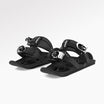

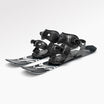
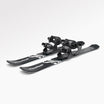

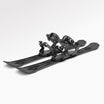

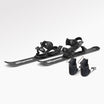






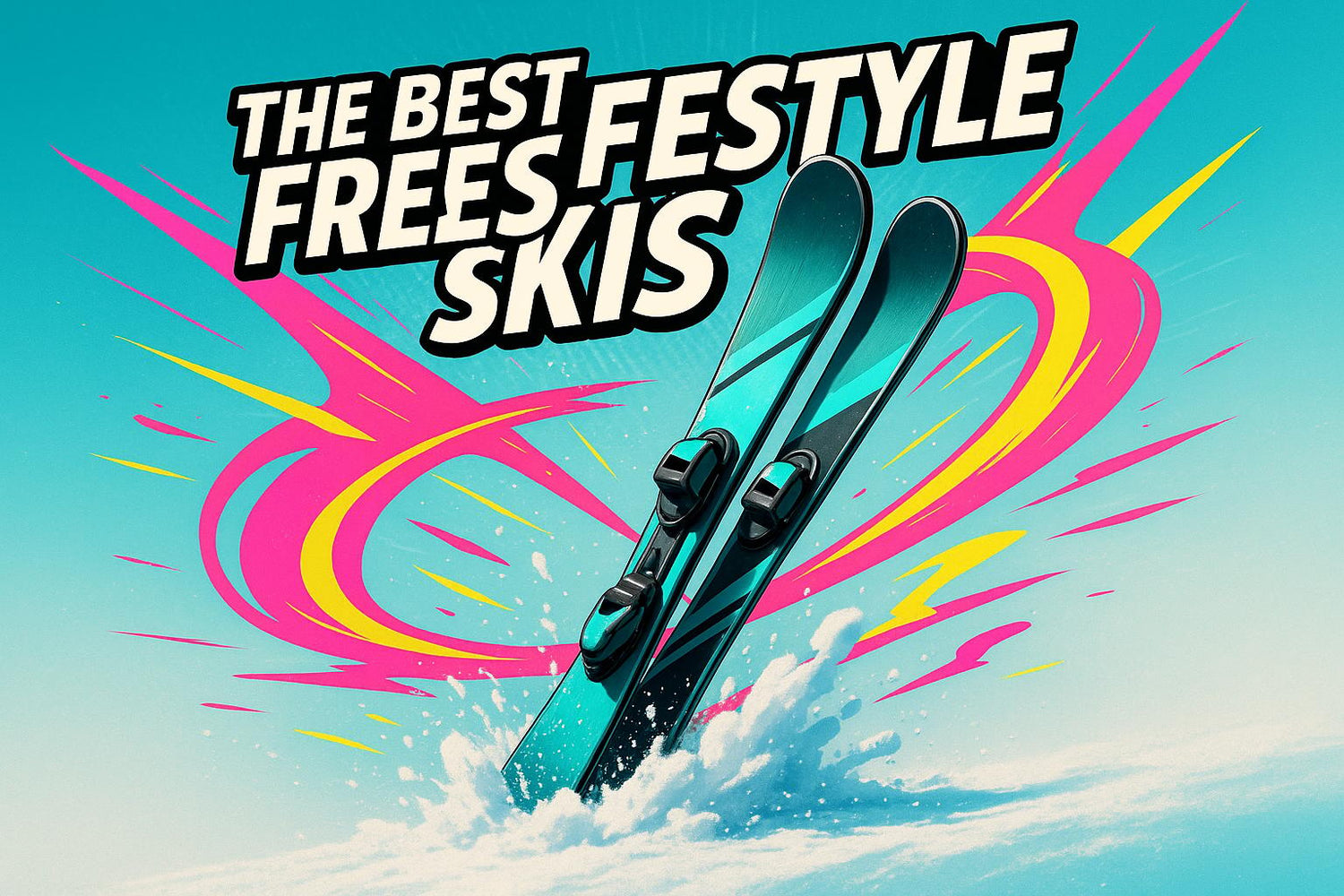
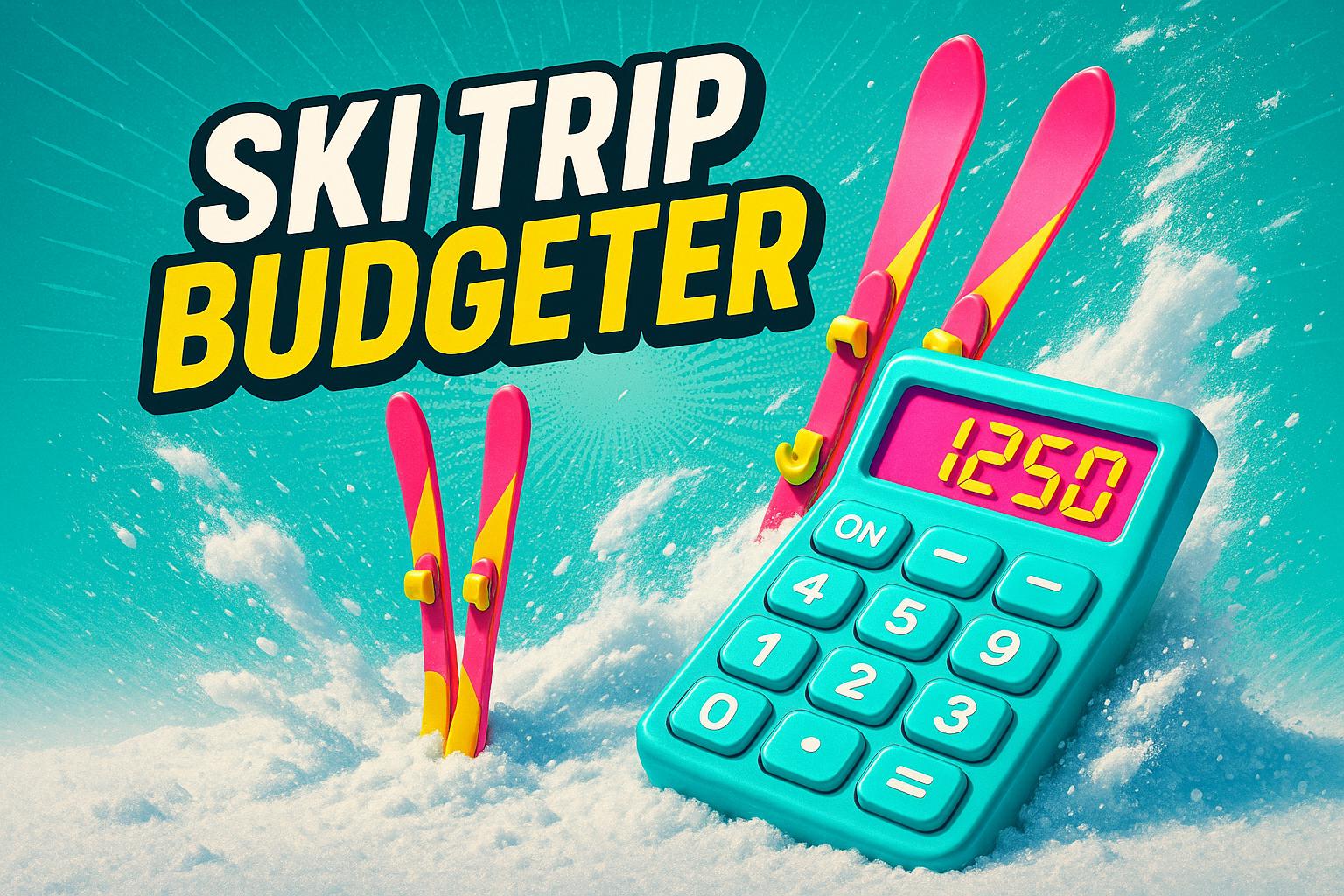


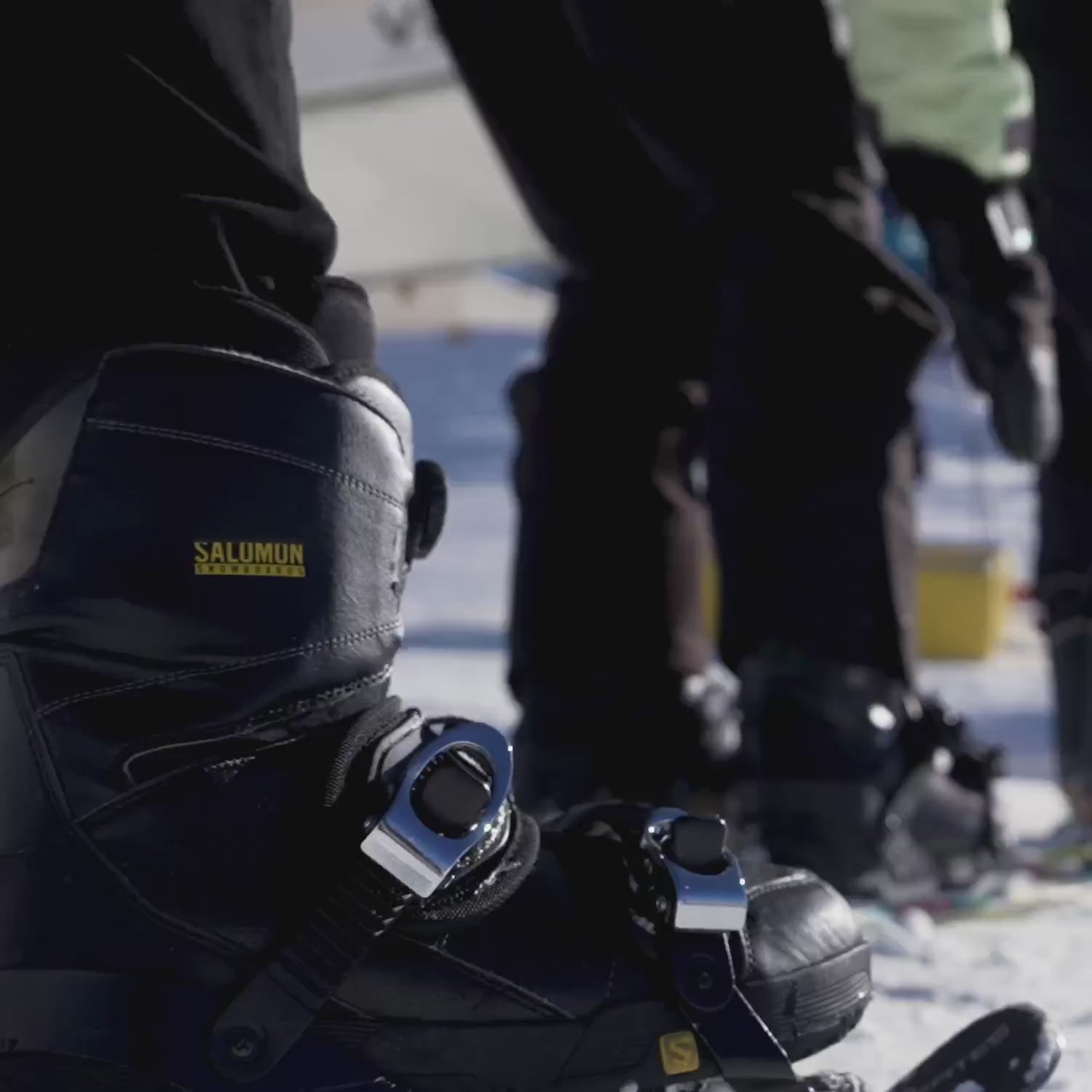

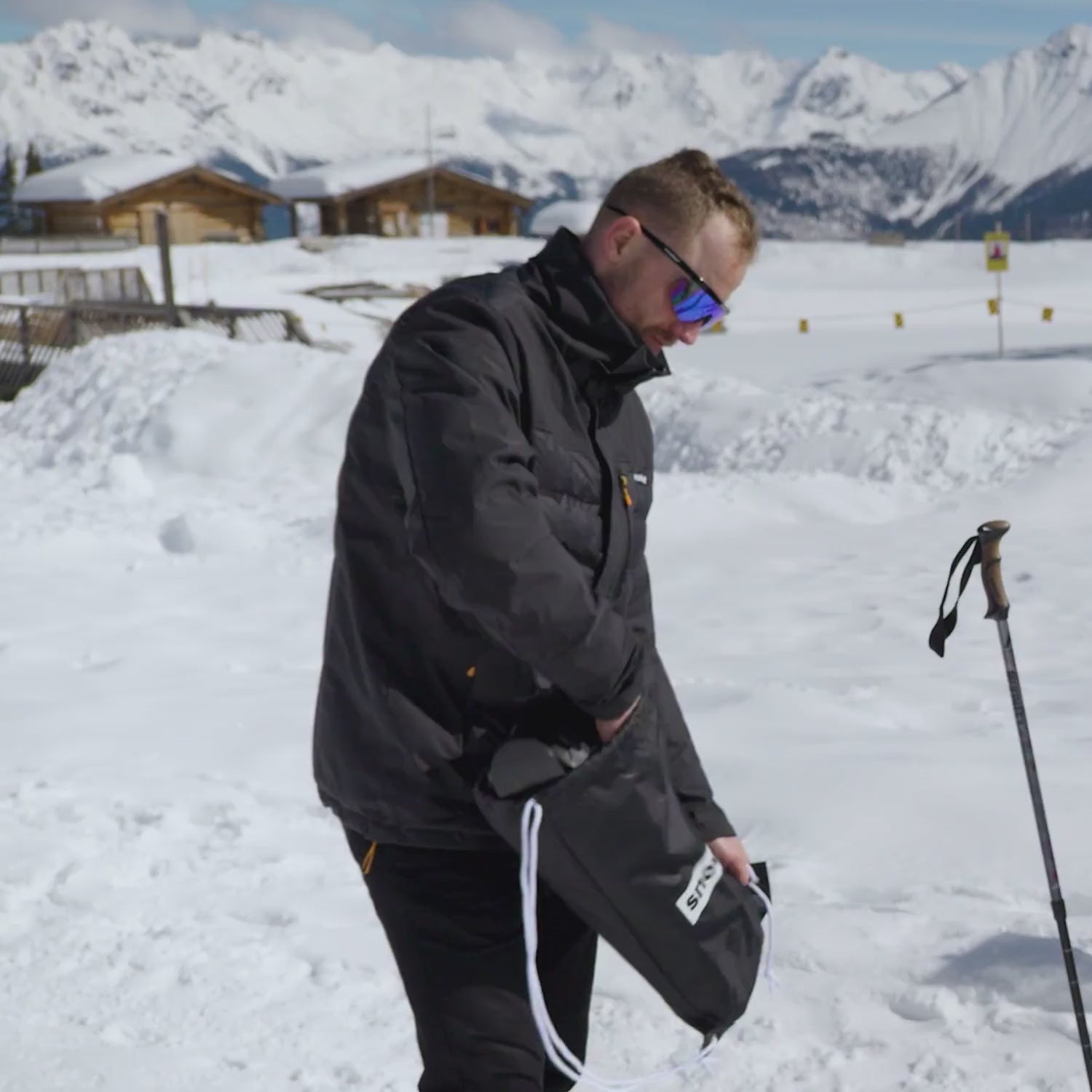
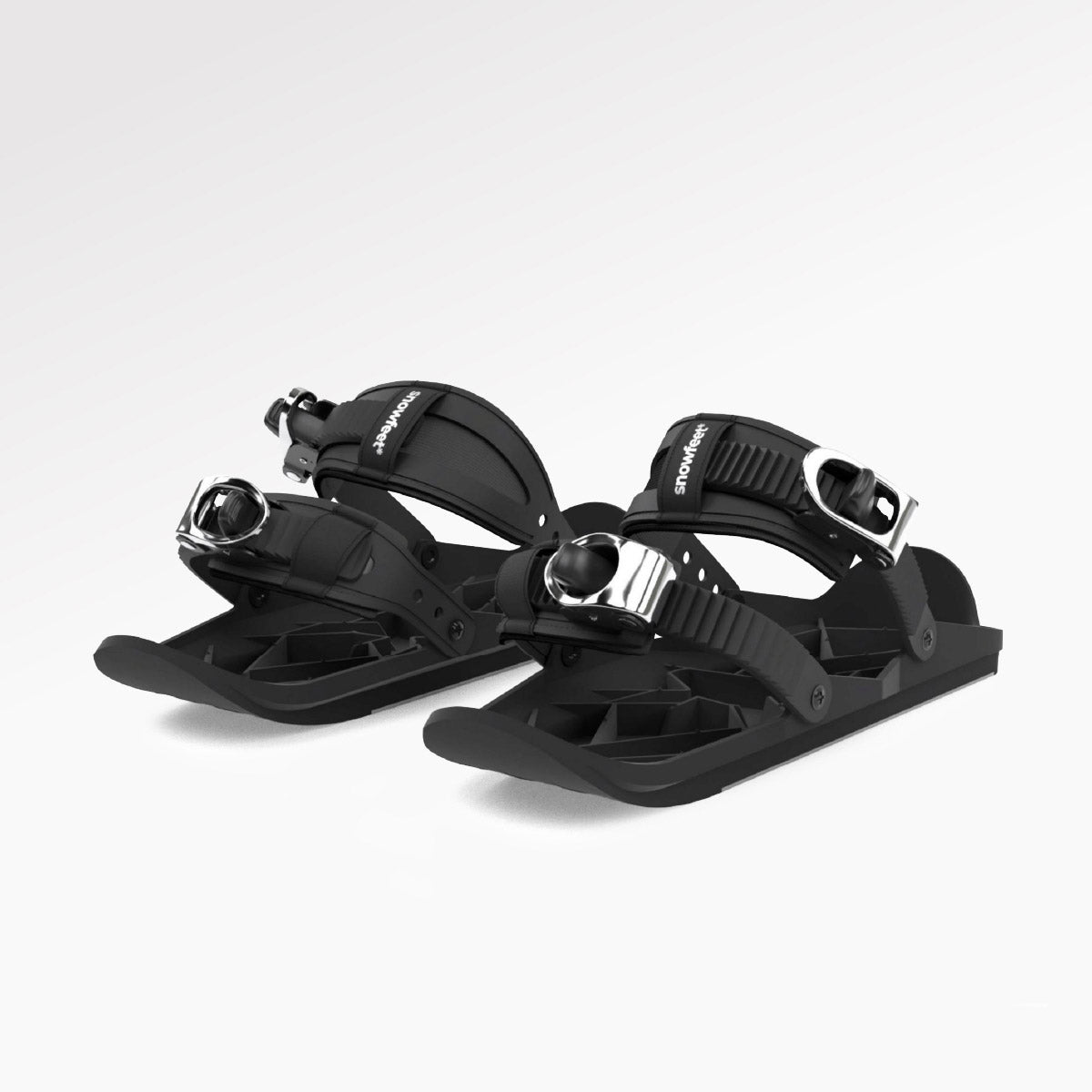
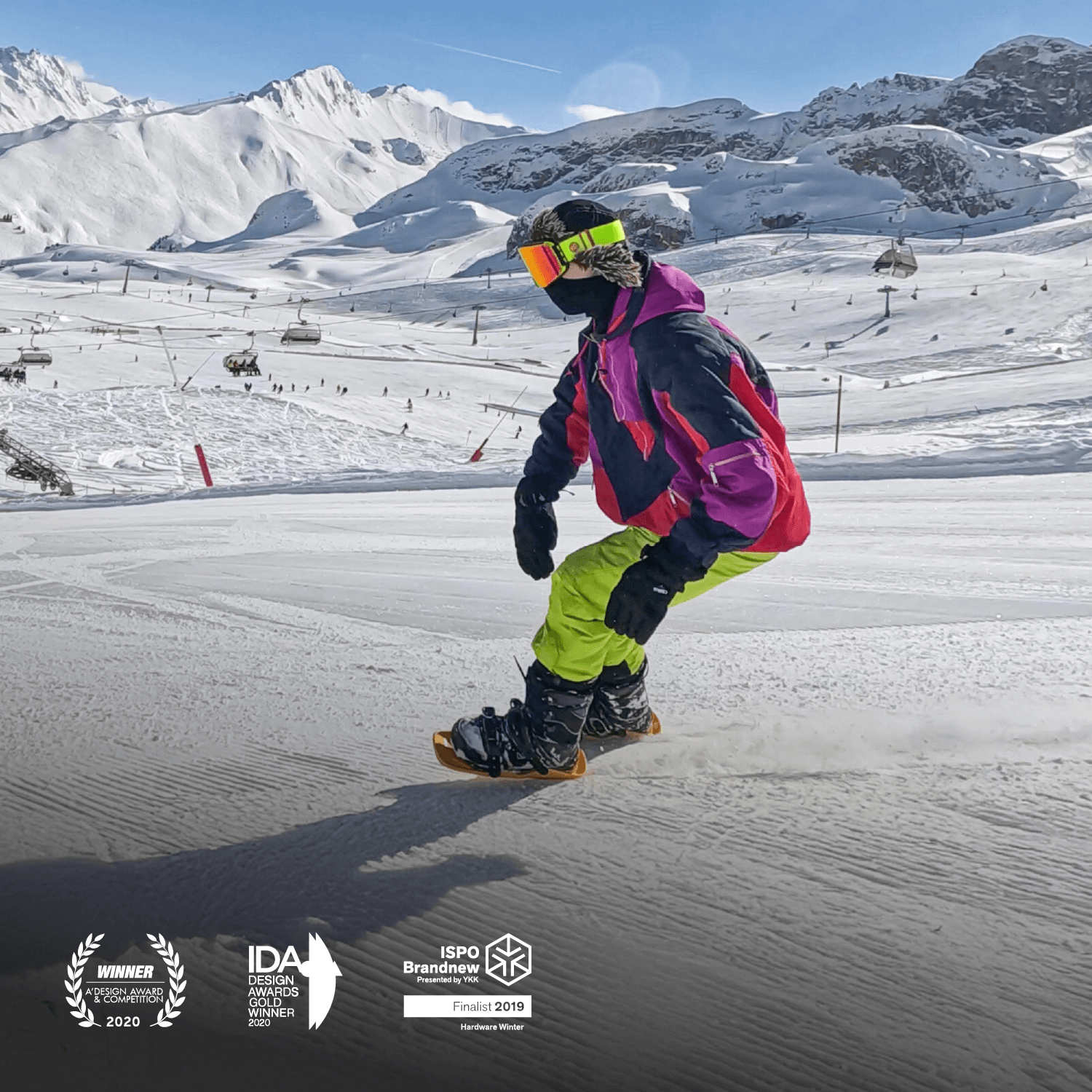
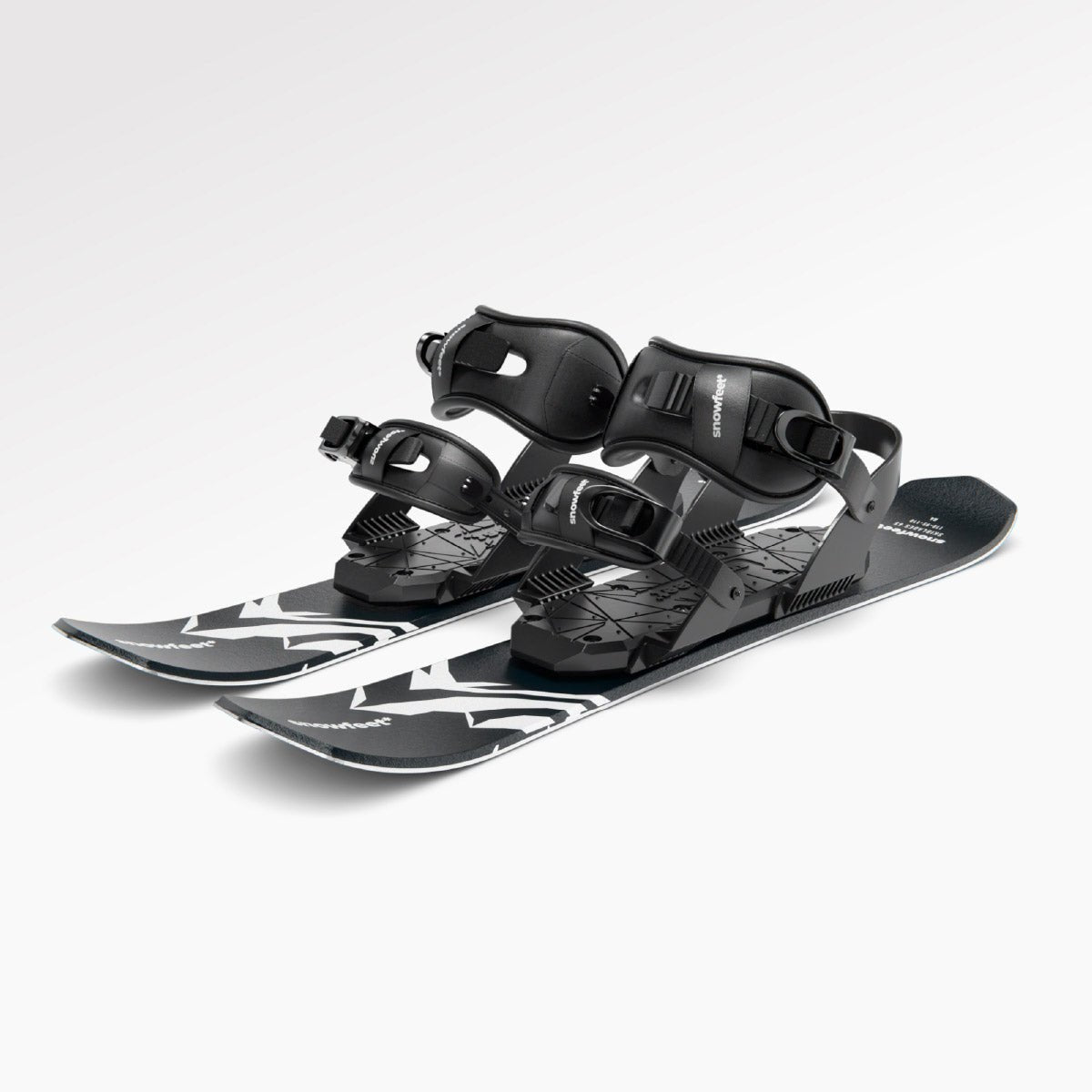
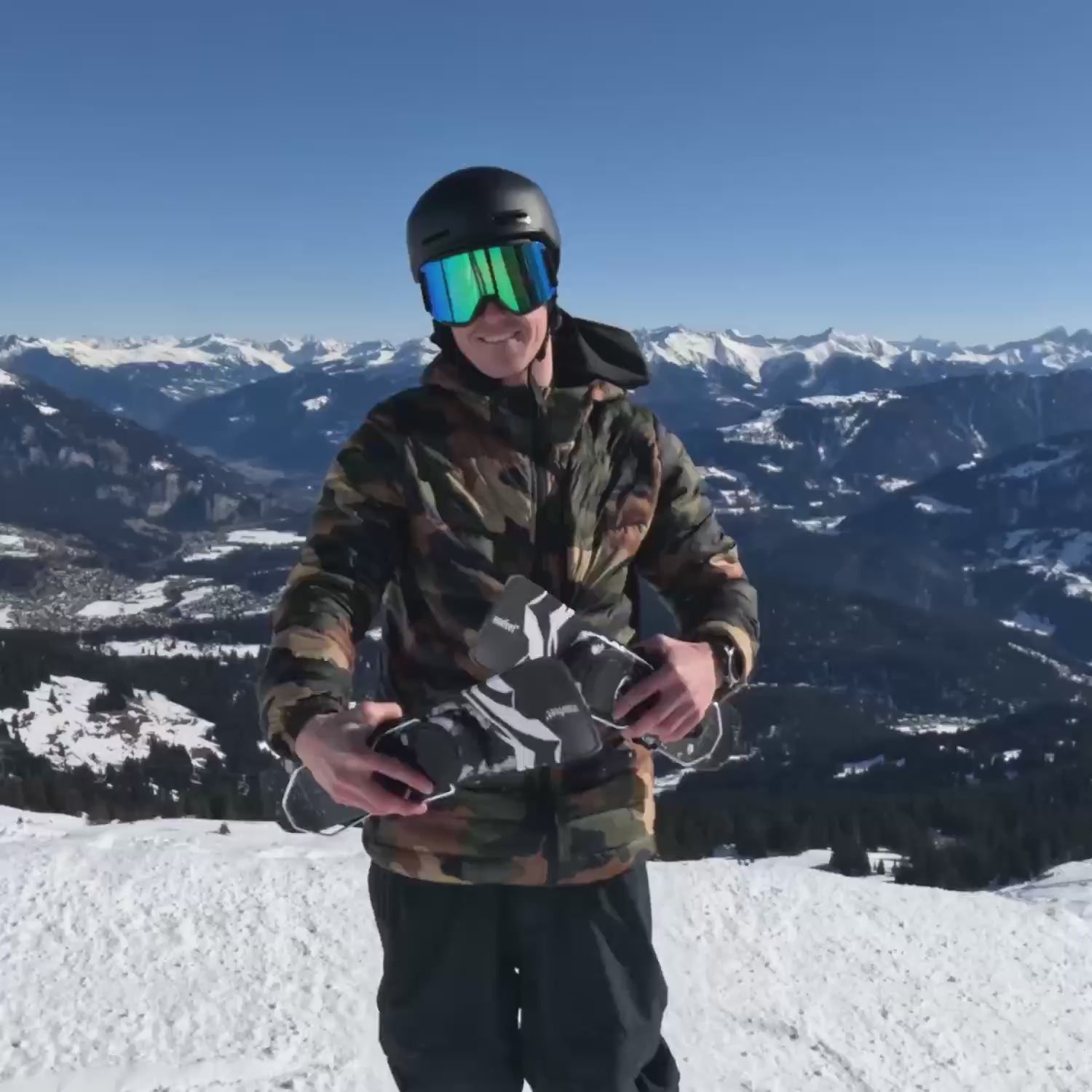
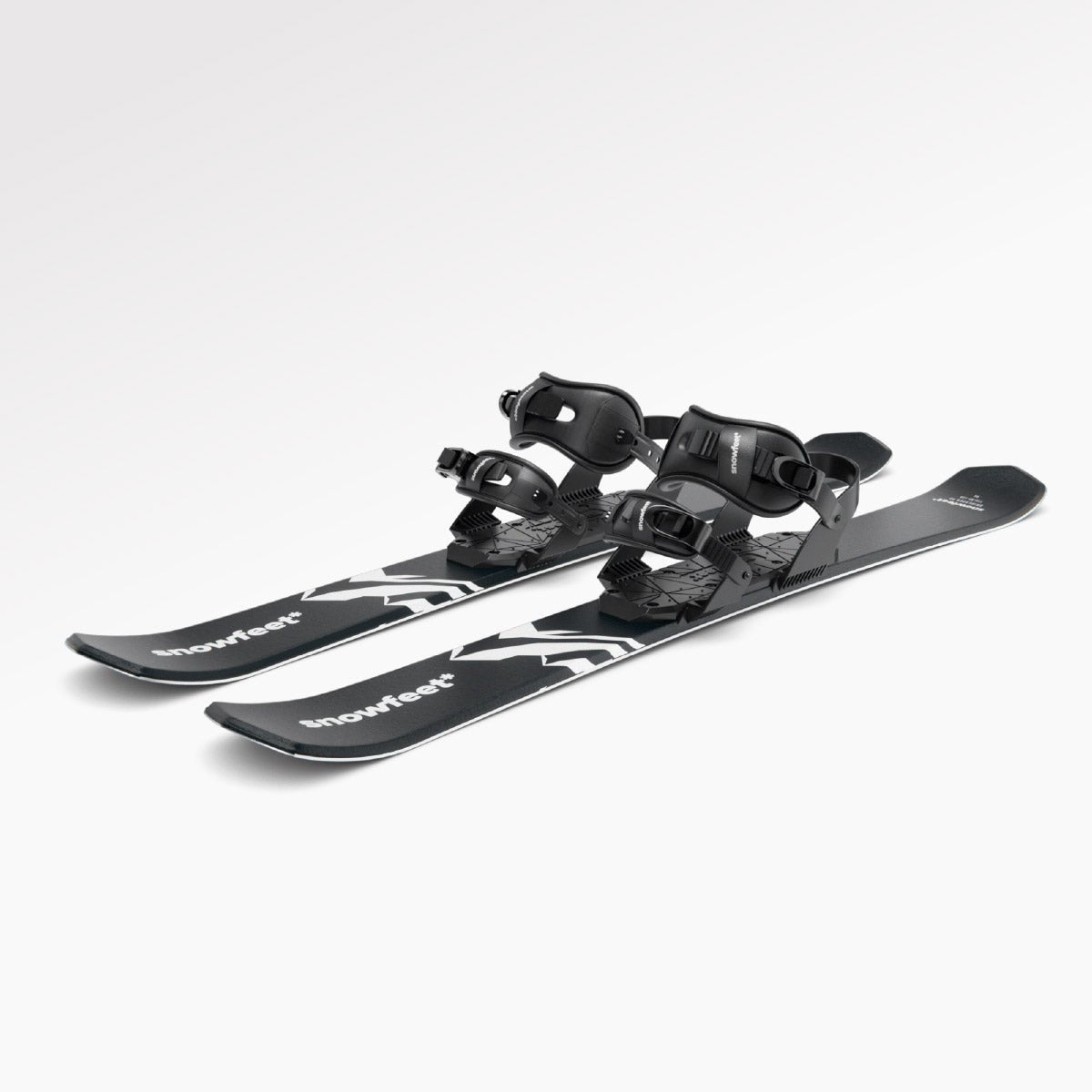
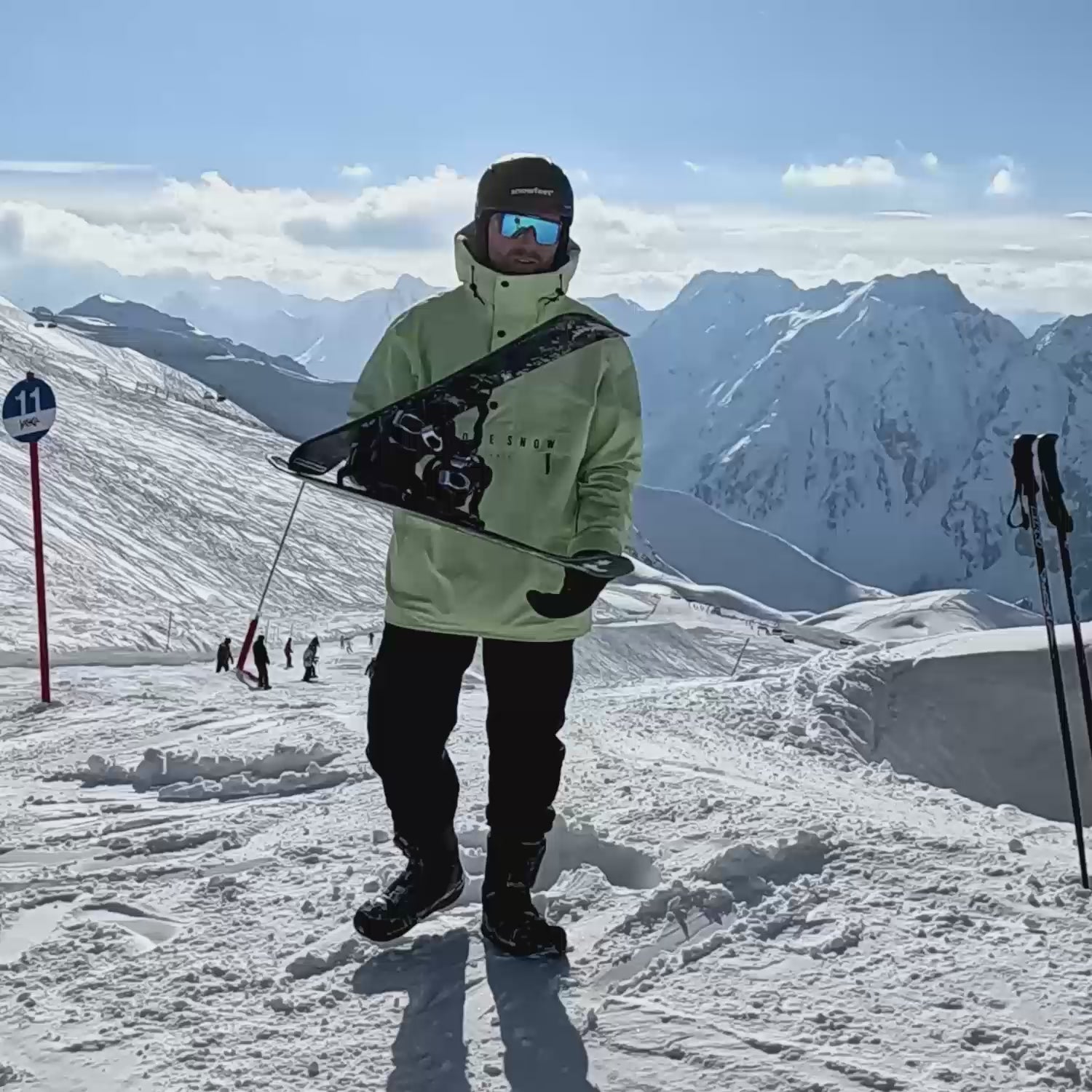
Leave a comment
This site is protected by hCaptcha and the hCaptcha Privacy Policy and Terms of Service apply.